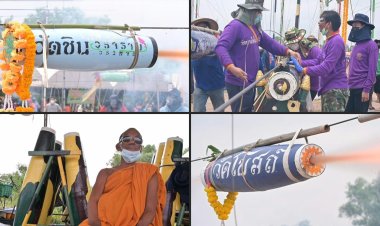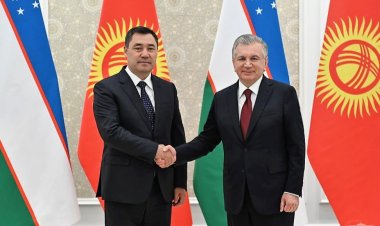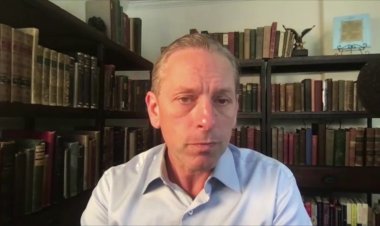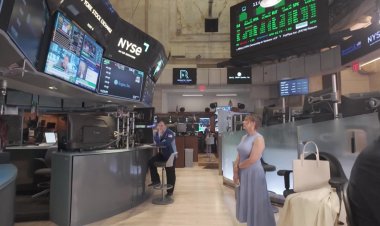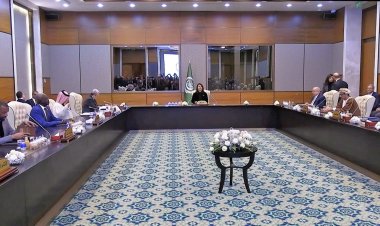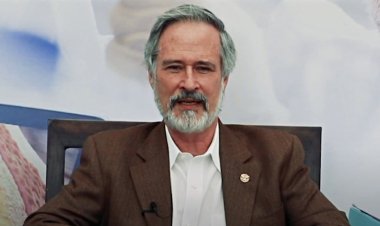Guatemala will have its metaverse
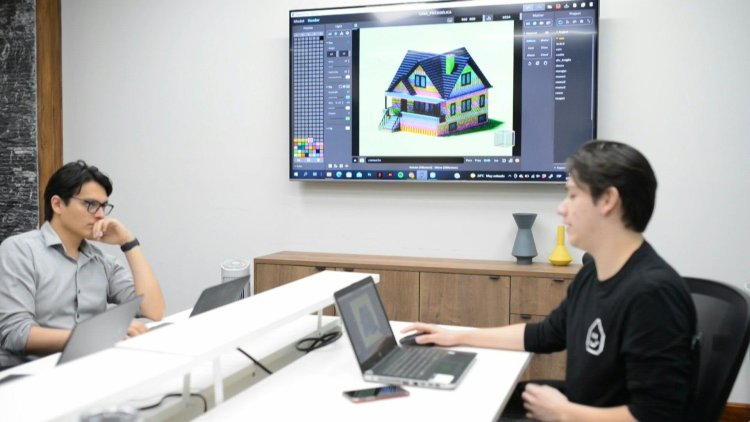
A neighbourhood of houses with cheese patios or lunar land where the owner's avatar can interact, as well as flying saucers and Mayan pyramids, all with property certificates in the virtual world. This will be "Platzeeland", one of the first metaverses in Latin America created by Guatemalans.
Each "little house" of voxels -or pixels in the third dimension- is born as an alternative to the metaverses already created in the United States and Europe, Mario Ríos, director of the project for this new virtual world that will be launched in September, said.
"We have the idea that in Latin America we can't do something great or we can't do something well, so that's where we set ourselves the first challenge of creating a metaverse made by Guatemalans for Latin America, but one that sounds in the world," says Ríos, a 26-year-old data analyst.
The metaverse, billed as the future of the Internet by Meta (Facebook's parent company) and other companies, consists of a series of parallel "universes" that can be accessed primarily through virtual and augmented reality platforms.
The first step of the Guatemalan metaverse started with the sale at the end of April of 5,000 "Platzees": exotic "collectible" properties also surrounded by animals, Formula 1 cars, mythological beings and other "rarities", with a cost from 500 dollars.
A pyramid from the archaeological site of Tikal, the ceiba (tree) and the marimba (musical instrument), among other national symbols of Guatemala, give the virtual universe a "chapín" touch, as Guatemalans are colloquially called.
They all have the NFT certificate (non-fungible tokens), computer files that allow authenticity to be associated with virtual objects, which tend to rise in price on the market.





